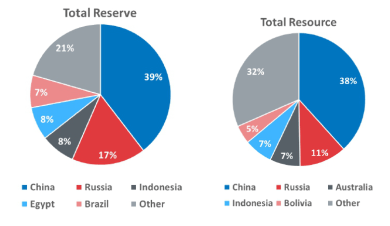ASX Tin Companies
The world produced 270,000t of tin in 2020. The biggest producers were China, Indonesia, Myanmar (Burma), Peru and Australia. Total reserves were 5.5Mt and resources 15.4Mt, enough for over 70 years of consumption at current rates.

Tin is a soft, silvery metal with a low melting point. Because it is soft it is rarely used by itself but alloyed with other metals. When copper is alloyed with around 5% tin it produces bronze, a metal that is easy to work and much harder than copper. It was first used around 3,000BC and ushered in the Bronze Age which lasted to 1200BC.
Tin’s main uses are tinplate, chemicals, solder and alloys. Tin is remarkably widespread in small quantities. For example, in a car it is used in seat cushions, battery, electronic, brake pads, glass, fuel tank along with other uses.
When a bar of tin is bent it emits a soft crackling sound known as “Tin Cry”. It is caused by the shearing of intergrown crystals. Niobium, indium and gallium also cry when bent.
The tin price at the time of writing is USD28775/t. This is up from a recent low of USD13370/t in March 2020.
The following companies all have tin as a primary project or as an important by-product of, for example, a lithium project.
| Company | ASX Code | Share Price (c) | Shares on Issue (M) | Market Cap (M) | Project |
| Aus Tin Mining | ANW | 0.1 | 10173 | 10 | Taronga, NSW |
| Elementos | ELT | 1.1 | 3258 | 36 | Oropesa, Spain+ Tas |
| European Metals | EMH | 165 | 130 | 214 | Cinovec, Czech |
| Metals X | MLX | 20.5 | 907 | 186 | Renison, TAS |
| Stellar Resources | SRZ | 2.4 | 756 | 18 | Heemskirk, TAS |
| Venture Minerals | VMS | 5.7 | 1258 | 72 | Mt Lindsay, TAS |
